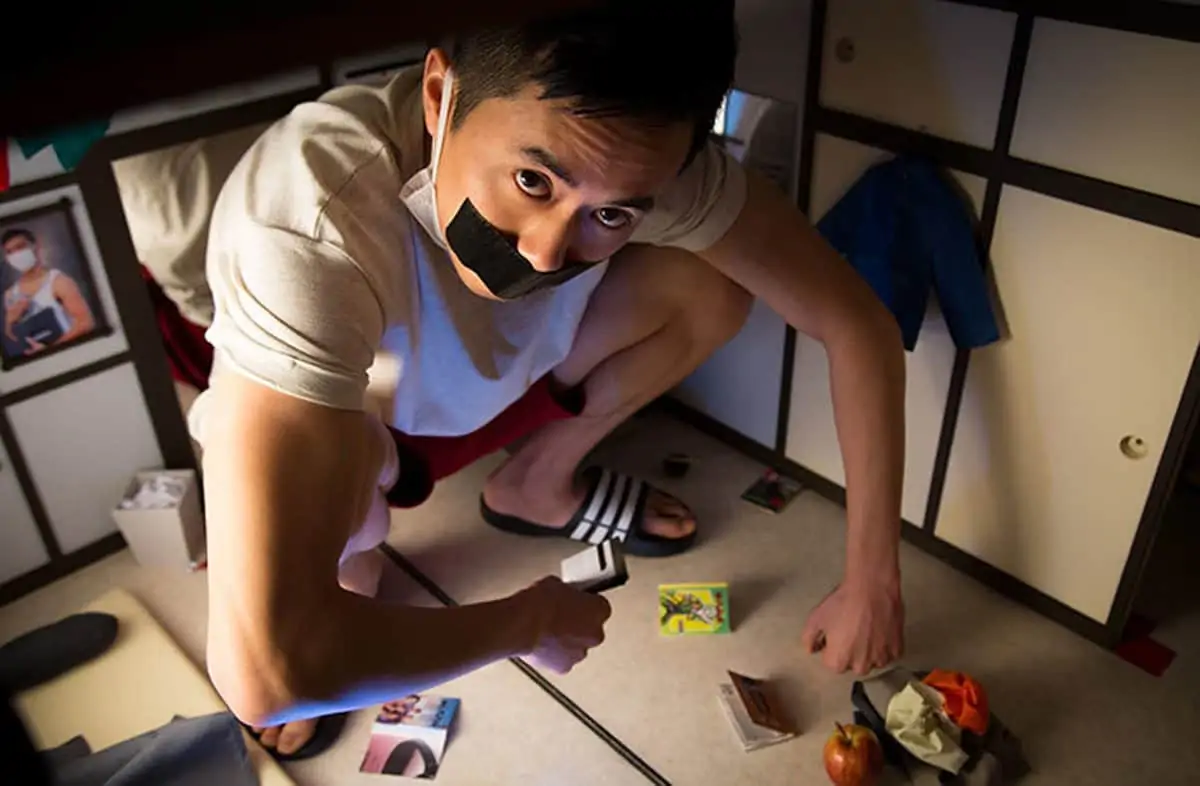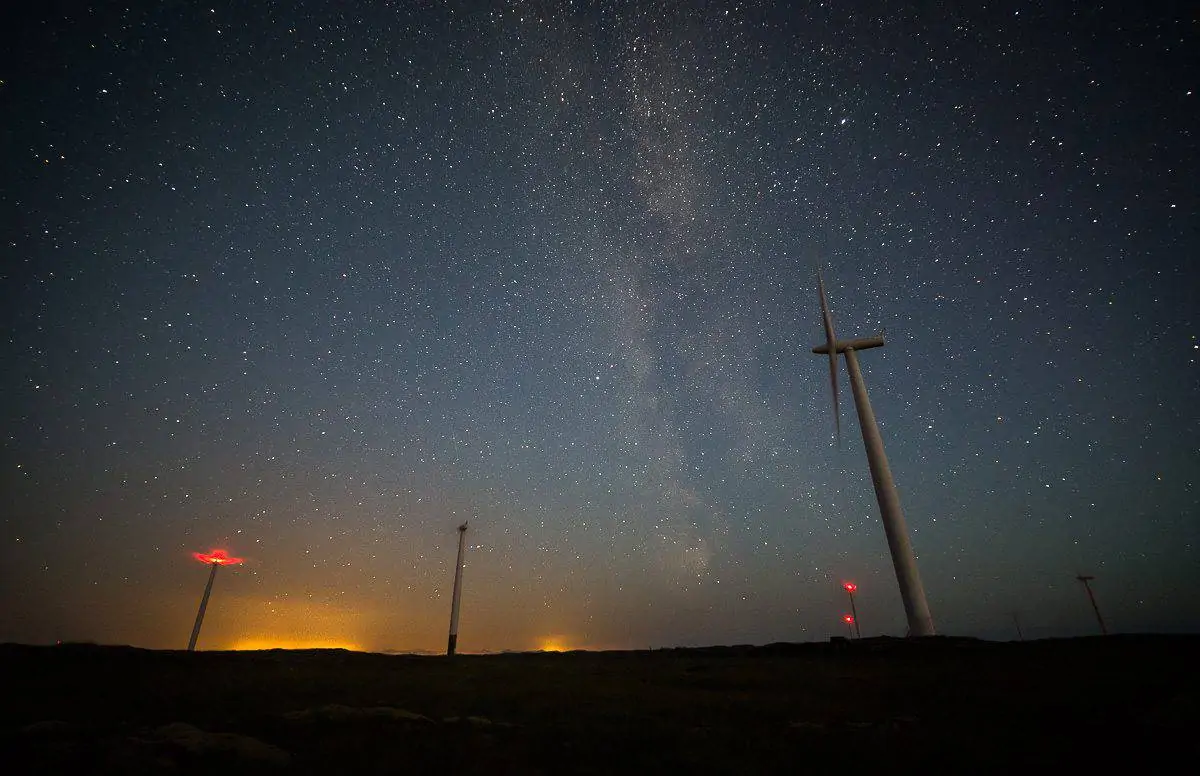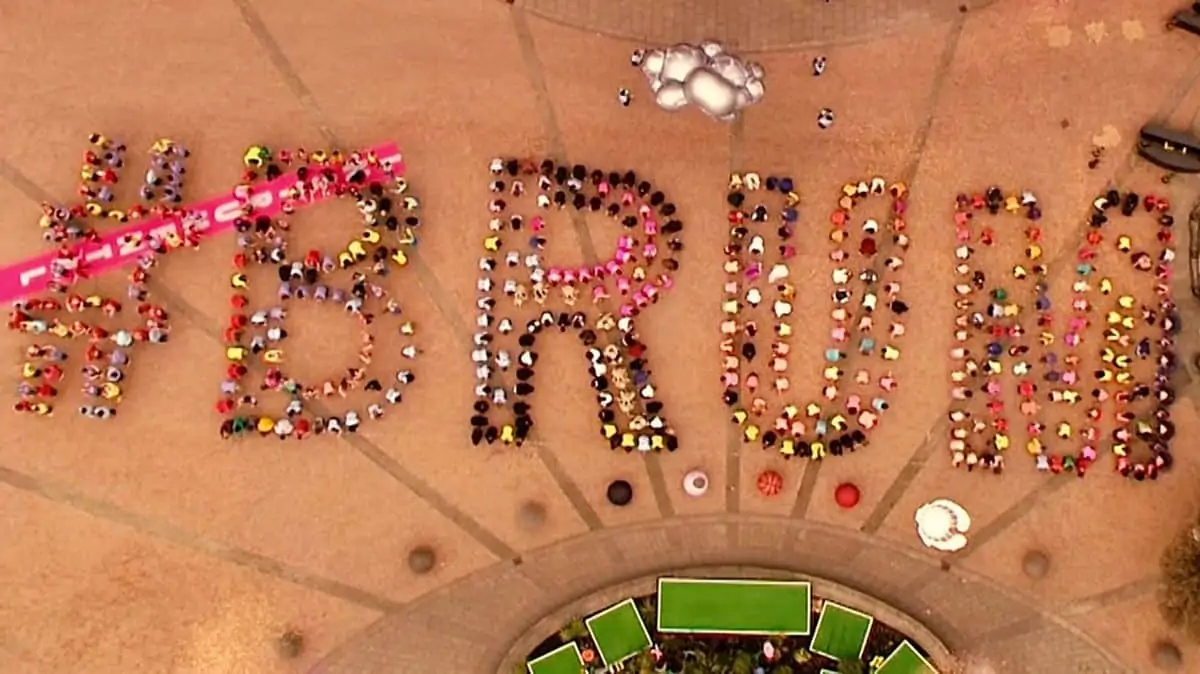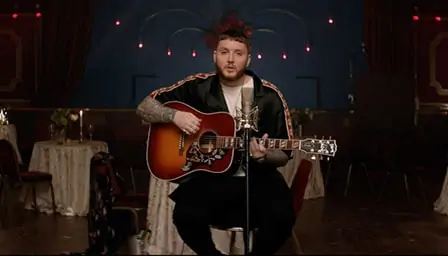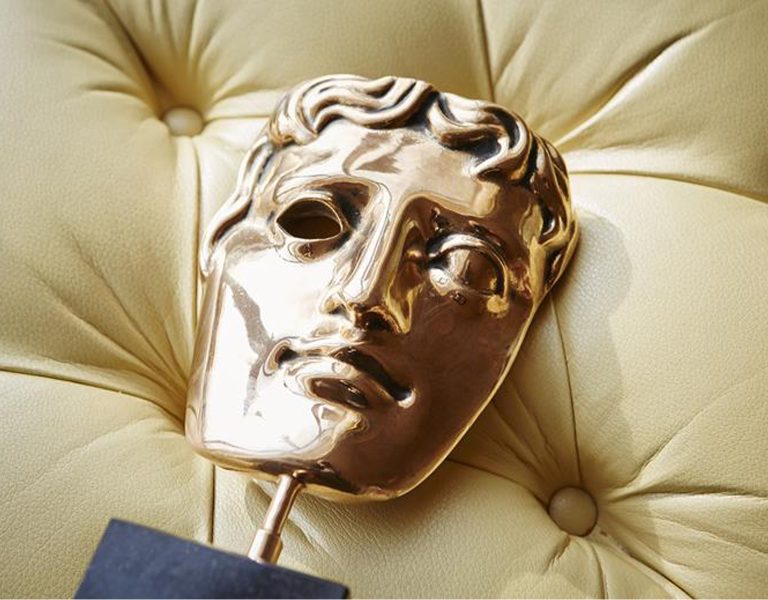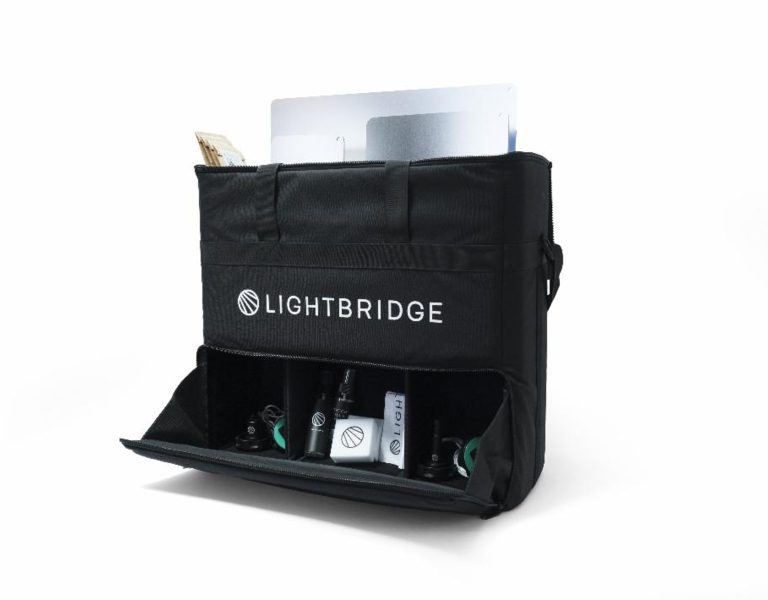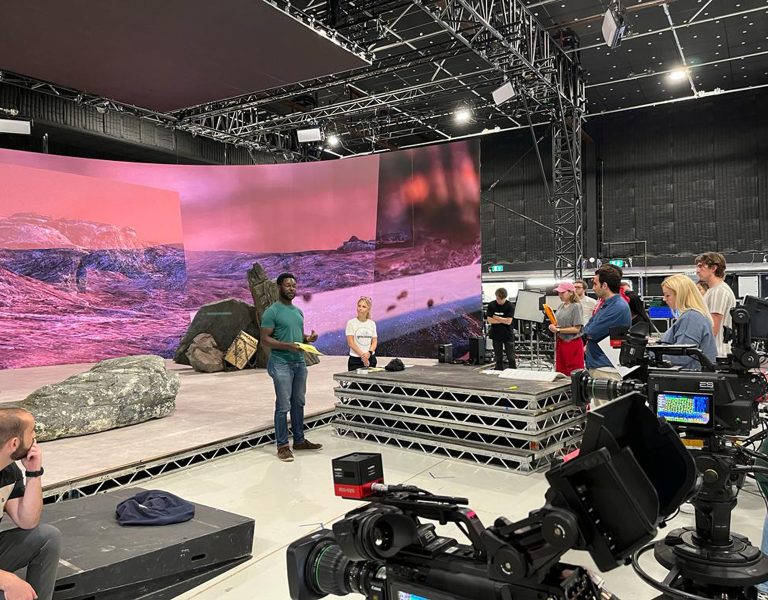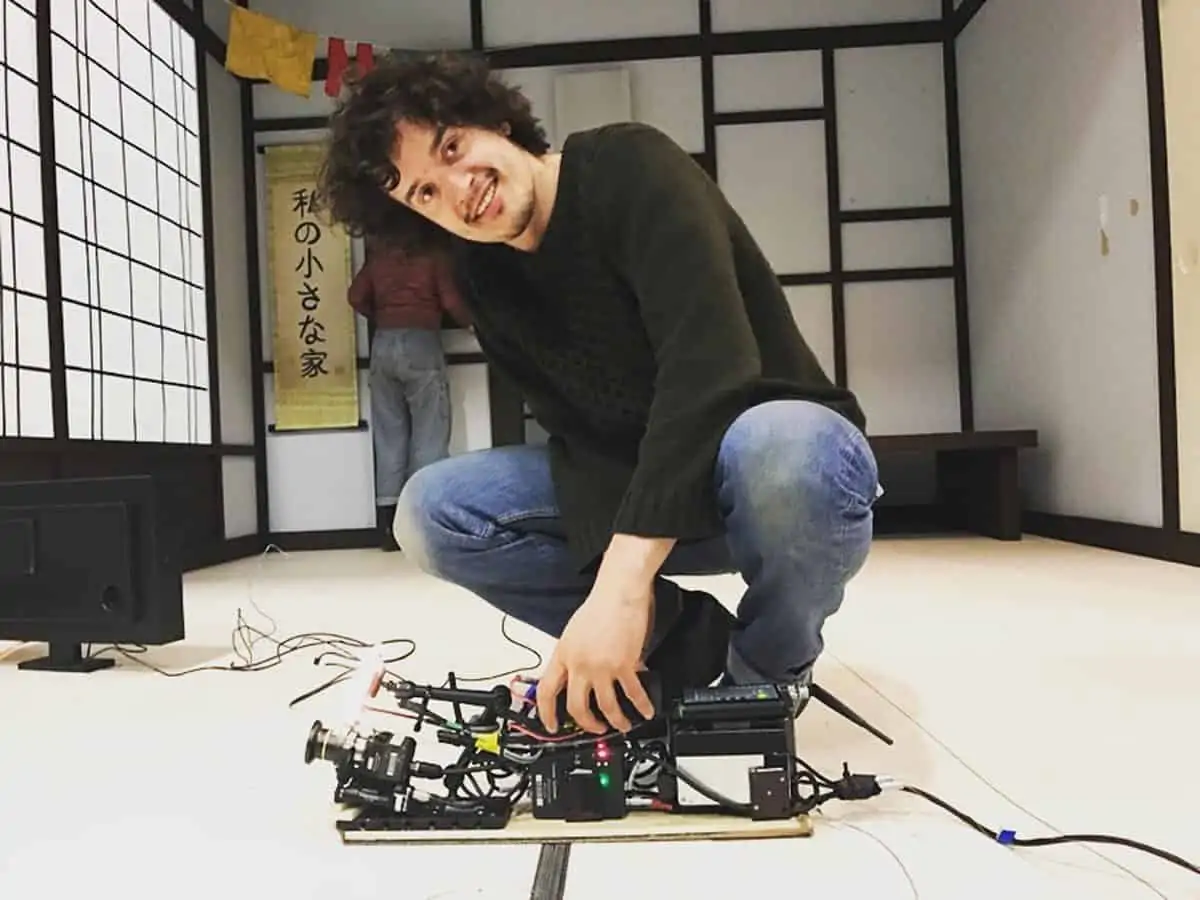
Up-and-coming cinematographer Ruben Woodin-Dechamps has wrote in with details about how he devised the stunningly simple, but highly effective, single camera move on the recent Bonobo music video No Reason, featuring Nick Murphy, directed by Oscar Hudson.
“‘Oh dear, what does he want to do now?’ is the first thing that comes to mind when Oscar mentions we have a new project on the horizon. Let’s move a camera 40 meters through a series of smaller and smaller rooms with no CGI and not much money. Well I guess that’s our Christmas holidays out the window!
“The initial ideas for Oscar surrounding the No Reason video, came through some experiments he shot with a self-propelled drain camera which can navigate through pipes and small spaces via a remote. The one downside was its lo-fi aesthetic, which creates a certain expectancy that things may develop into a more surreal world. Thus Oscar opted for a more cinematic approach and set the film within the visual world of Hikikomori, which refers to socially withdrawn Japanese adolescents or adults, the direct translation aptly being ‘pulling inwards’. Not only did this work conceptually really well, with the idea of his shrinking repeating world, but it was also a big help with how to disguise the way we were going to move the camera.
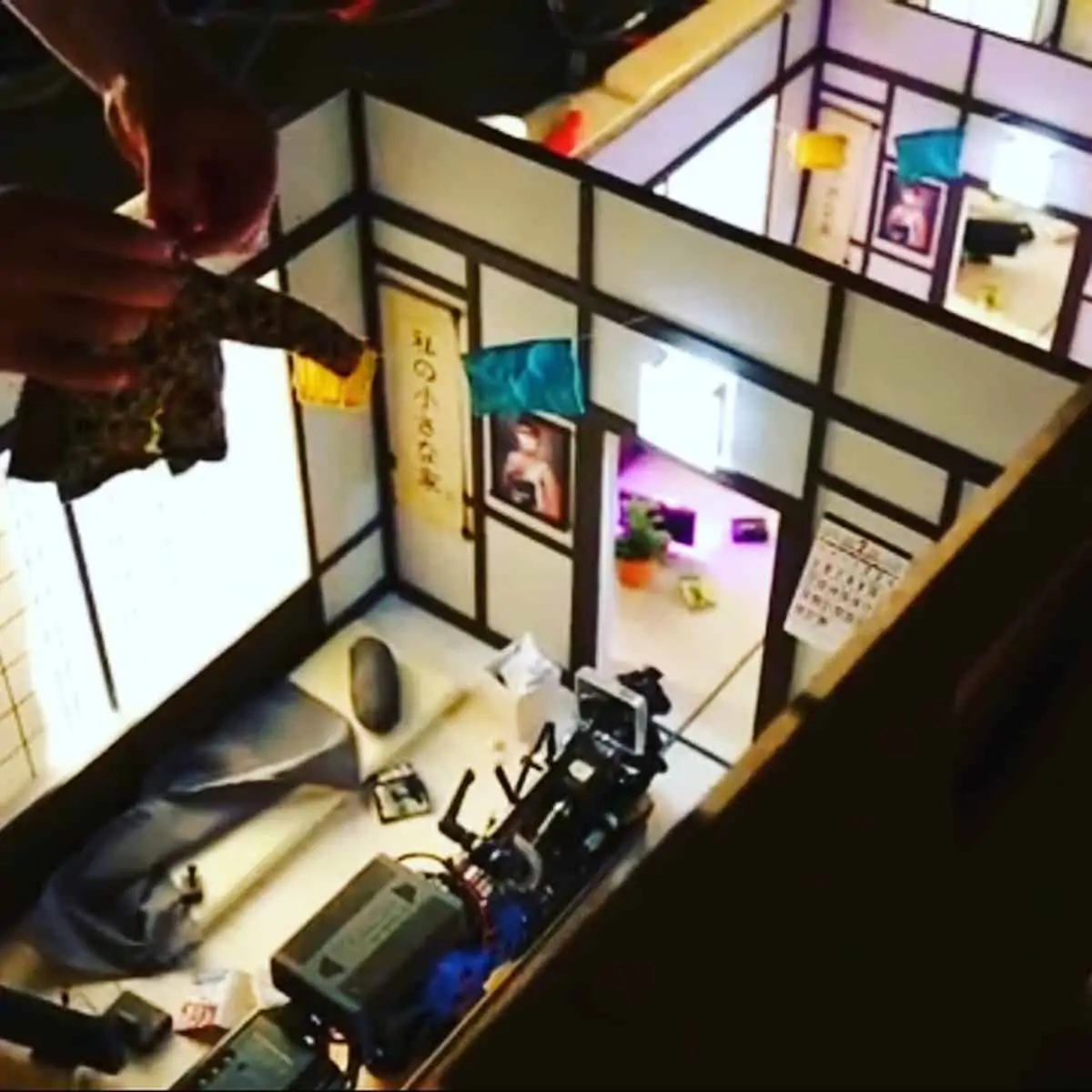
“We tested two cameras: the Flare 4K and the Codex Action camera. After weighing up resolution vs. size, and doing some latitude tests, we settled on the Codex camera, rating it at 200 ASA. As it is so small it meant all the sets could be built to fit the width of the camera exactly and make the most out of the idea. My thanks to Ed Jones at ARRI for the camera tests.
“From the offset it was clear we would have to design a grip system ourselves. After testing numerous ways of moving the camera we opted on a sledge design, which fitted the camera, Preston with Sinacam motors, nestled toplight and battery system snuggly on it. The sledge was lined with carpet and packing tape and had two nails going through the centre which went into a groove we cut with a rail saw down the centre of the set. We then had a wire running along the groove to a wheelchair motor on a dimmer which would pull the camera along. What could go wrong? Well, on the pre-light the motor gave up! After some advice we then adapted a revolving turntable from Panavision to make a flywheel. This worked a treat, but was incredibly difficult to control, with the speed control being all within 45 degrees of turning the dimmer! On the day it worked out, but it was pretty hair-raising getting the speeds right.
“Lighting was also a big challenge and gaffer Genki McClure did a great job of calculating how the lamps should be scaled down to keep the exposure consistent, starting at a 5K and going right down to a 150w Dedo. All the practicals were made on-set by the model maker and then we put LED ribbons inside, linked up to a desk so we could animate them in the second state as the camera pulls out.
“This project was really refreshing in the way that it felt super DIY, with a healthy dose of controlled chaos and the unknown in the mix to keep everyone on edge. It isn’t perfect but embraces those mistakes, the slight wobble or lens flare is part of its charm and makes you realise it was all real. Big thanks to George Rumsey at Panavision and Angus Hudson for the saving grace turntable suggestions”
